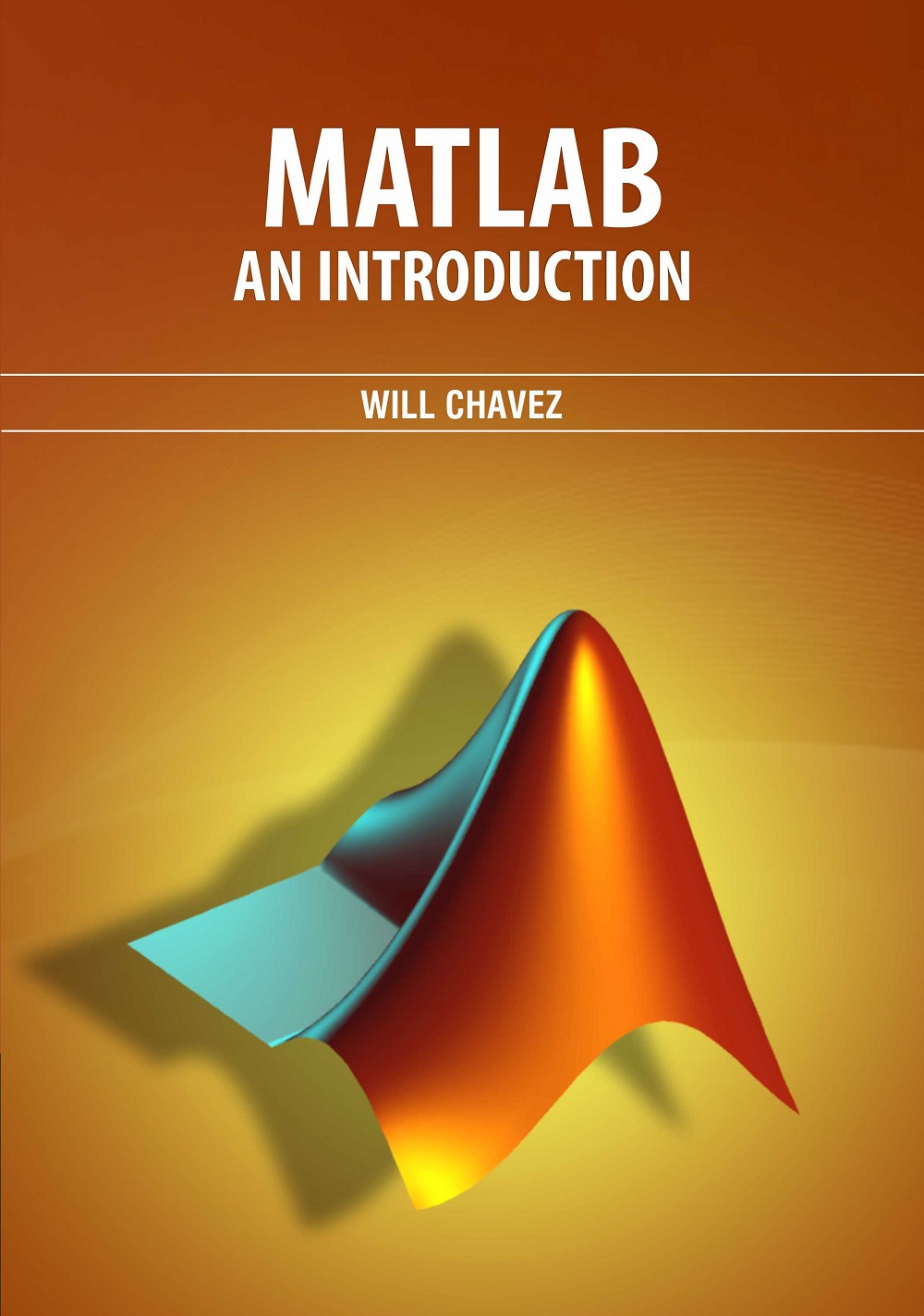Matlab : An Introduction Will Chavez
- ISBN: 9781788820653
- Edition: 1st
- ©Year: 2020
- List Price : 160
About the Book
Many features of this book are designed to emphasize the proper way to write reliable MATLAB programs.These features should serve a student well when he or she is first learning MATLAB, and they should also be useful to the practitioner on the job. They include 1. Emphasis on Top-Down Design Methodology- The book introduces a top-down design methodology in Chapter 3, and uses it consistently throughout the rest of the book. This methodology encourages a student to think about the proper design of a program before beginning to code. It emphasizes the importance of clearly defining the problem to be solved and the required inputs and outputs before any other work is begun. Once the problem has been properly defined, it teaches the student to employ stepwise refinement to breakthe task down into successively smaller sub-tasks and to implement the subtasks as separate subroutines or functions. Finally, it teaches the importance of testing at all stages of the process-both unit testing of the component routines and exhaustive testing of the final product. The formal design process taught by the book may be summarized as follows: i. Clearly state the problem that you are trying to solve, ii. Define the inputs required by the program and the outputs to be produced by the program, iii. Describe the algorithm that you intend to implement in the program. This step involves top-down design and stepwise decomposition, using pseudocode orflow charts, iv. Turn the algorithm into MATLAB statements, v. Test the MATLAB program. This step includes unit testing of specific functions as well as exhaustive testing of the final program with many different data sets. 2. Emphasis on Functions-The book emphasizes the use of functions to logically decompose tasks into smaller sub-tasks. It teaches the advantages of functions for data hiding. It also emphasizes the importance of unit testing functions before they are combined into the final program. In addition, the book teaches about the common mistakes made with functions and how to avoid them. 3. Emphasis on MATLAB Tools - The book teaches the proper use of MATLAB's built-in tools to make programming and debugging easier. The tools covered include the Editor/Debugger, the Workspace Browser, the Help Browser, and GUI design tools.
<div style="text-align: justify;">Contents: 1. Introduction to MATLAB, 2. MATLAB Basics, 3. Branching Statements and Programme Design, 4. Loops, 5. User-Defined Function, 6. Additional Data Types and Plot Types, 7. Advanced Features: Sparse Arrays, Cell Arrays, Structures, and Function Handles, 8. Input/Output Functions. 9. Handle Graphics, 10. Graphical User Interfaces, 11 .The MATLAB Compiler, 12. Error Handling.</div>
<div style="text-align: justify;"><b>Will Chavez</b> received a bachelor in Electrical Engineering, an MSE in Electrical and pursued further graduate studies at National University. Previously, he served as an officer in Navy, assigned to teach Electrical Engineering at the Naval Nuclear Power School. He was also affiliated with University, where he ran the power systems program. He also did research in radar signal processing systems. Will Chavez is currently Manager of Systems Modeling and Operational Analysis for BAE Systems. He is the leader of a team that has developed a model of how naval ships defend themselves. He is also a member of the Association for Computing Machinery and the Institution of Engineers.</div>

